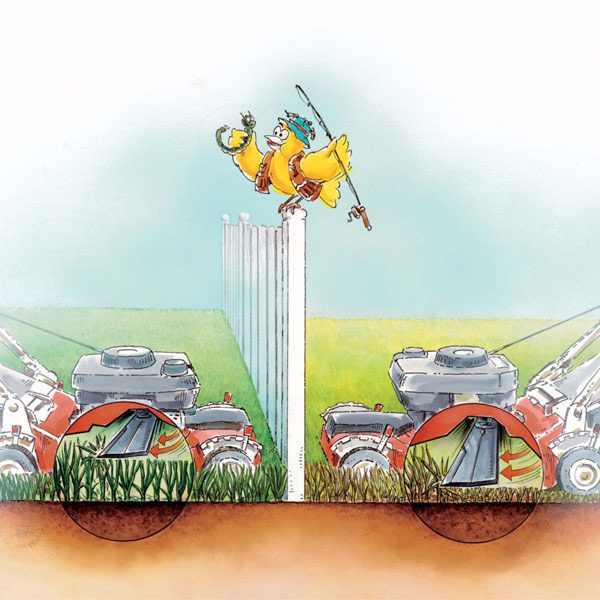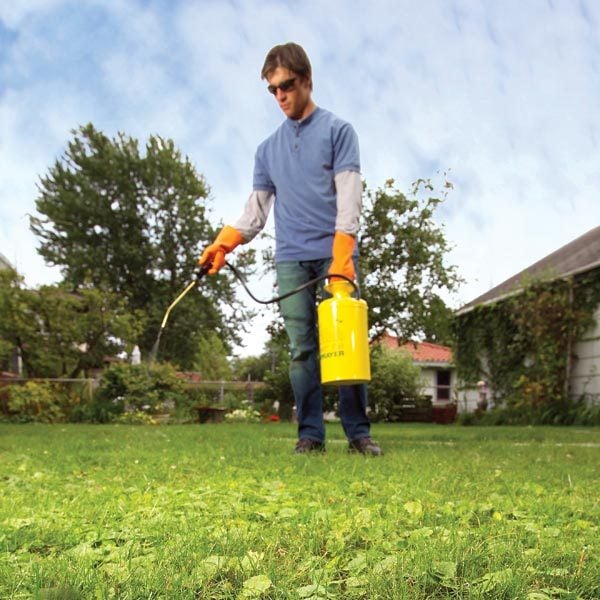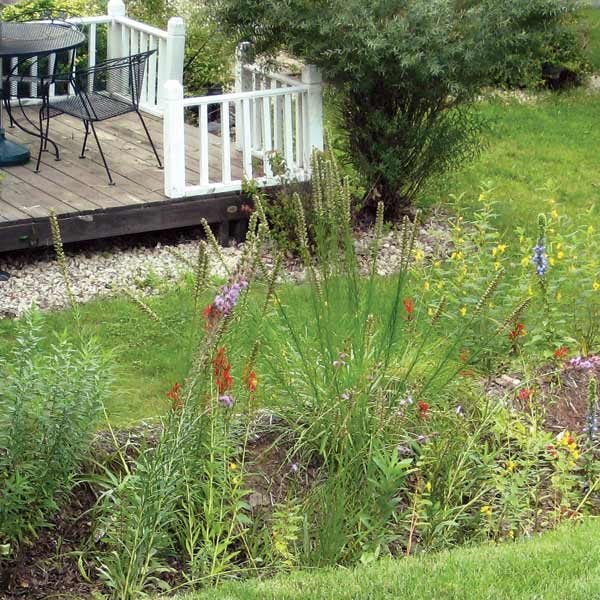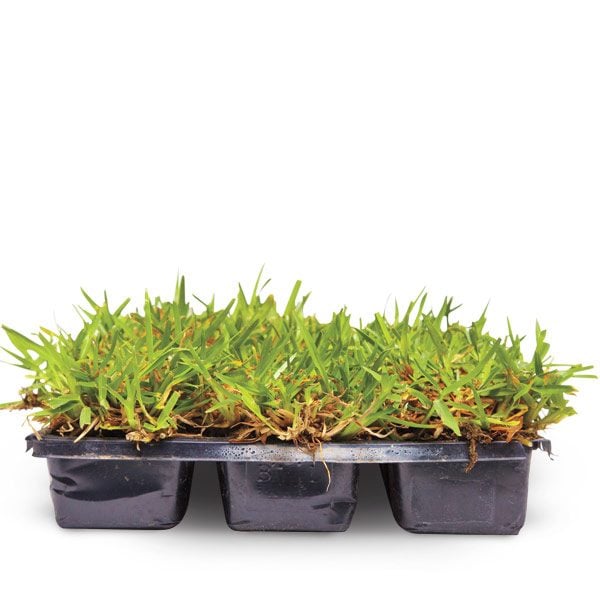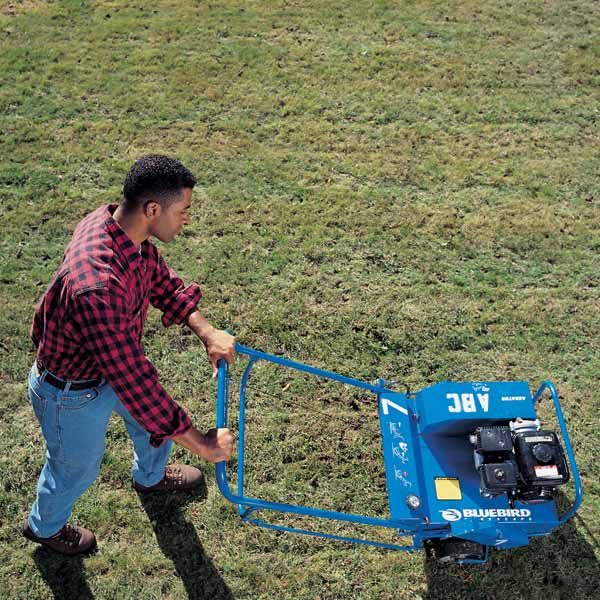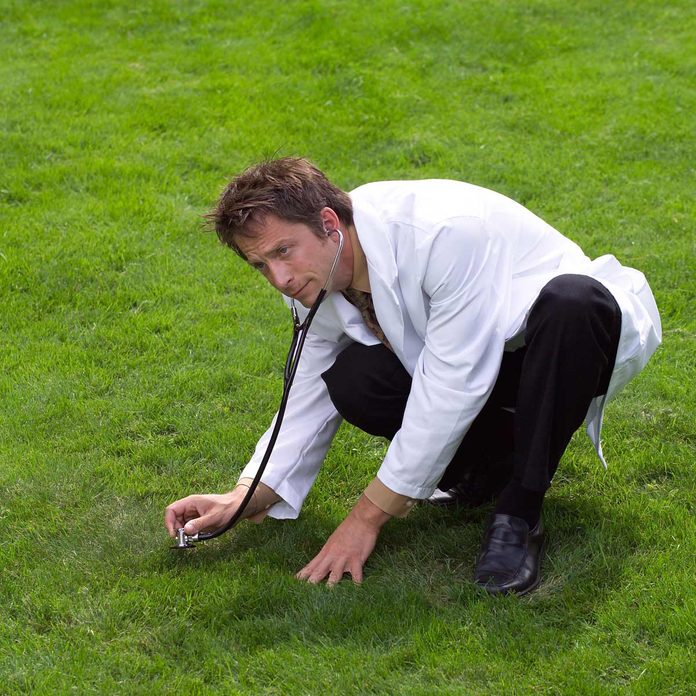
Lawn Care Tips: Fix Lawn Spots
Improve your lawn’s natural defenses from lawn diseases and reduce future maintenance chores with these common sense cures for spots, thatch, fairy rings, grubs and shade. Tips to fix lawn spots.
Editor’s Tip: Also maintain your lawn by learning how to avoid common lawn care mistakes.
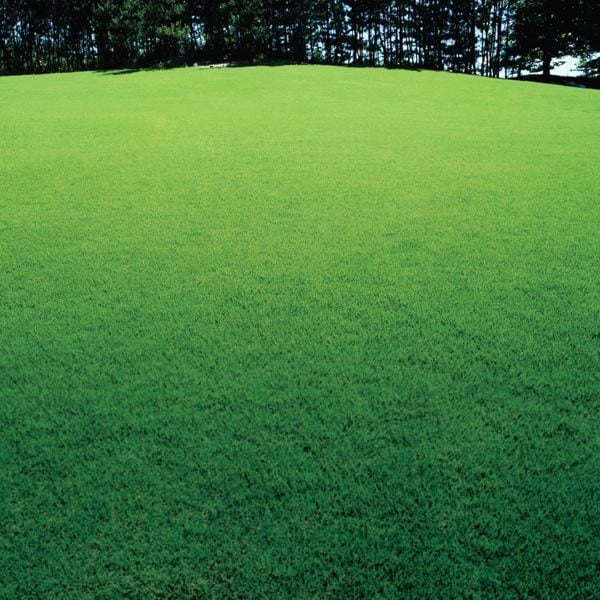
Lawn Care Tips: Cures for a Patchy Lawn
Fall is a great time to thicken up patchy areas of your lawn, so you’ll have thick, healthy grass in the spring. Start by aerating compacted soil, then spread seed and topsoil. Tips to cure a patchy lawn.
Need help with your home improvement projects?
We’ve helped millions of people create the home of their dreams. Join DIY University and get unlimited access to our courses, easy-to-follow instructions, and expert help when you need it. LEARN MORE
Lawn Care Tips: How to Achieve a Healthy Lawn
With lawn care tips like proper cutting, water, fertilizing and aerating, you can keep your lawn looking healthy and immaculate! Tips to achieving a healthy lawn.
Lawn Care Tips: How to Grow Greener Grass
These expert lawn care tips will help keep your lawn healthier, greener and thicker with a lot less effort!
Lawn Care Tips: How to Eliminate Weeds From Your Grass
Eliminate weeds in your lawn and prevent their return by maintaining healthy grass, using a minimum of weed killers and good timing. We show you six strategies that simplify weed control and reduce your weed patrol chore. Tips to eliminate weeds from your backyard grass.
Lawn Care Tips: 6 Common Lawn Problems and How to Fix Them
Try these expert and homeowner-tested lawn care solutions to common backyard landscape problems—eroding slopes, a shady lawn, wet soil, bad soil, mushrooms and swampy areas. Tips for fixing the 6 most common lawn problems.
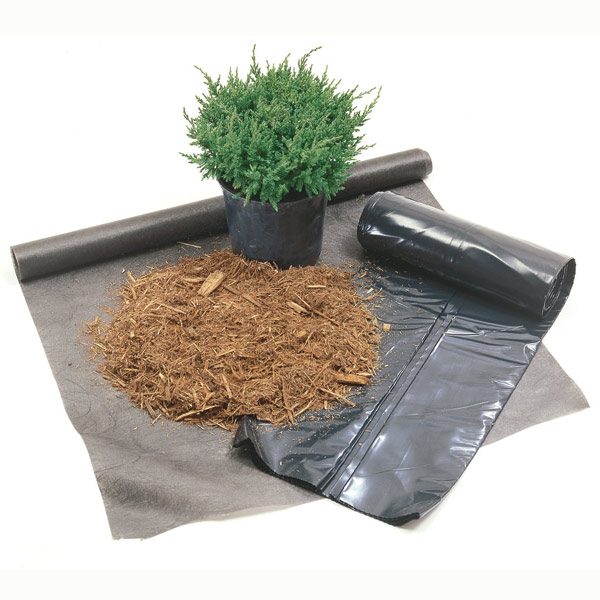
Lawn Care Tips: Best Way to Control Weeds
Reduce that tiresome weeding chore with a thick layer of organic mulch or a high quality landscape fabric. Both are easy to apply and inexpensive, and they’ll improve the appearance of your gardens too. Tips to control weeds in your backyard grass.
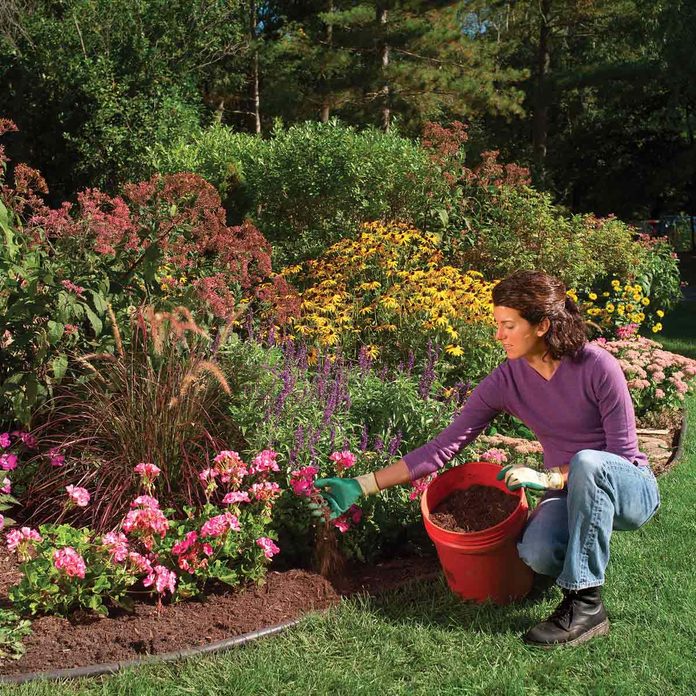
Lawn Care Tips: Mulch Guide
Mulch is good for your plants and a great labor saver. It reduces evaporation, slows weed growth, improves soil quality, and makes your gardens look more attractive. And more, it’s inexpensive and easy to apply. Get the mulch guide.
Plus: Be sure to keep edges neat and tidy around your yard. Here are our recommendations for the best lawn edger for your needs.
Lawn Care Tips: Growing Grass Under Trees
The key to growing grass under trees is to match shade-tolerant varieties with your local climate. Red and tall fescues work in cool-weather zones and St. Augustine grass works in warmer areas. Tips to growing grass under trees.
Lawn Care Tips: How to Revive Grass: Thinning Lawn
Revitalize your lawn a weekend using just one or two tools. An aerator helps the soil breathe and a power rake gets it ready for seeding. Tips to reviving grass in a thinning lawn.
Learn about lawn aerator options and which one is best for your yard here.

